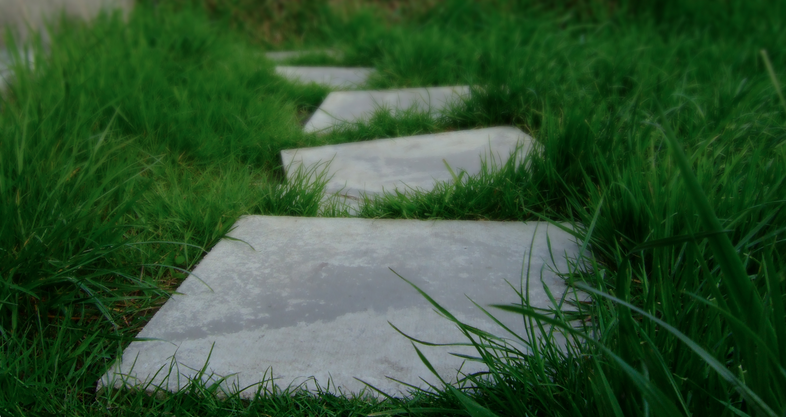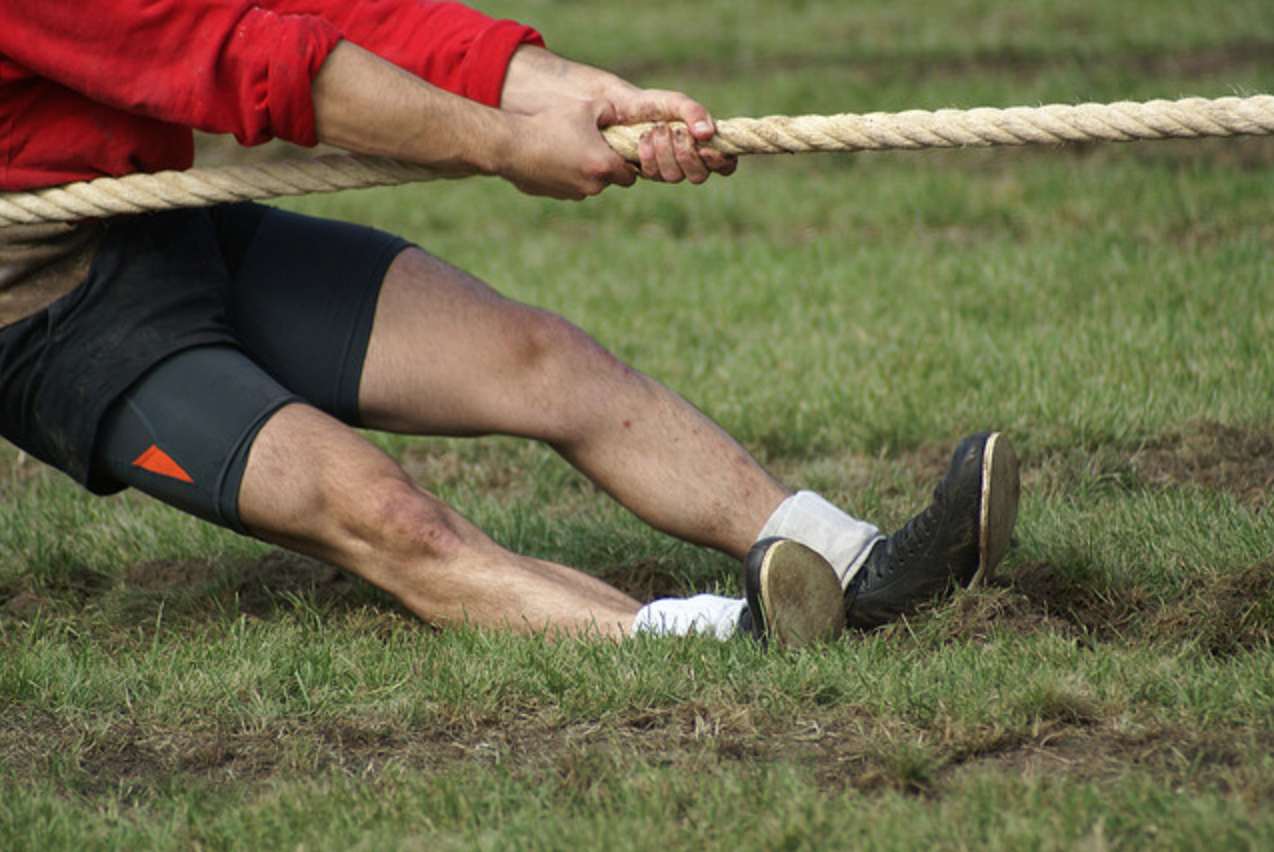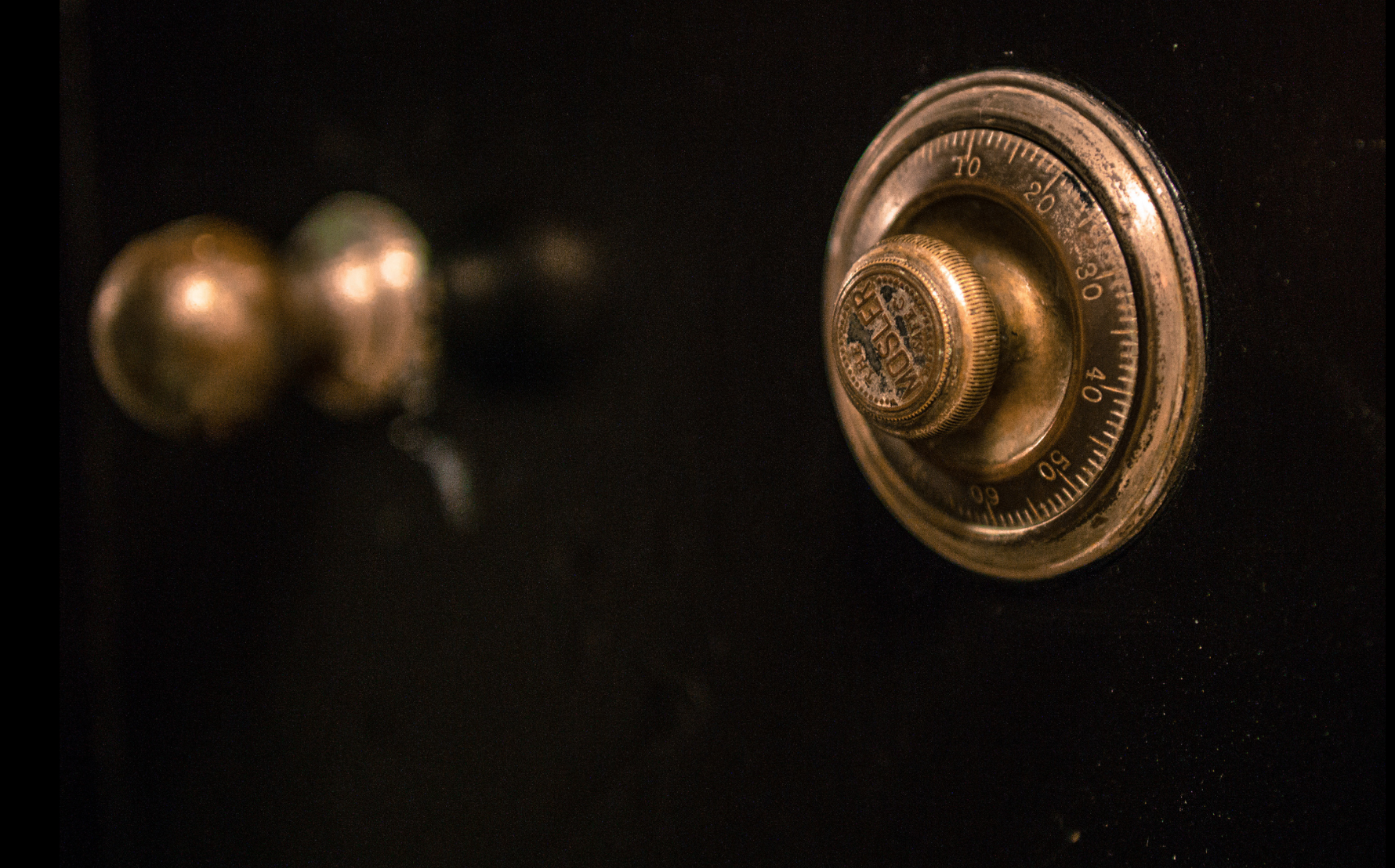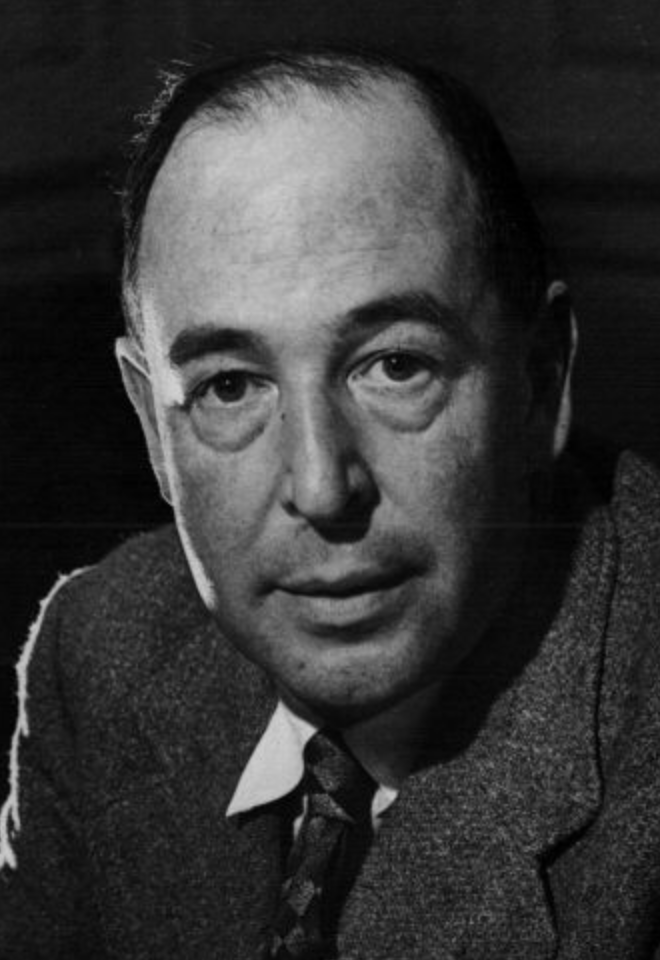The Cycle of Addiction
First it begins with obsessive thoughts. Like a fly stuck to honey, it seems impossible to pull away from sexual fantasy. Then, the addict prepares.
It may be moving into another room with laptop in hand, withdrawing cash or getting nicely dressed. An internal battle may be waging on the inside, one part saying "you can still stop" and another part saying "you deserve this." Preparation may take a few minutes or even a whole week. While there is a general addiction cycle, each individual's is unique to them.
Once preparation is complete the addict lunges towards his goal, not aware that his brain has been hijacked. He tells himself he is in control because it feels good to believe you are in control. But, sexual addiction is like the HIV virus. The HIV virus attacks the part of the body--the immune system--that would defeat it. Similarly, sexual addiction hijacks the part of the brain that would empower one to make different decisions.
After acting out the addict is filled with pain. The relationship he has betrayed, the money he wasted, the deeply held values that he denigrated all come flying at him like flaming arrows. The addict tells himself, "that was the last time." But, he never actually does anything to change the pattern--denying the reality of the damage his addiction is causing him. A day may go by or a week, a stressful situation at work comes up and once again he finds himself obsessing about a sexual fantasy.
Fortunately, there is a way to break this cycle--the 7 Tasks of Recovery.
7 Tasks of Recovery
1. Break through denial. I define denial as "the difference between what you are doing now and what you need to do to get better." I am not here to convince you that you have a problem or how big your problem may be. I am here to walk alongside you in your journey of what it means for you to get where you want to be.
2. Understand the nature of addiction. First we have to understand what the cycle is and what all the pieces are before we can break out of it. In therapy you will get tools for how to deal with all the parts of the cycle--managing stress, battling distorted thinking patterns, tolerating difficult emotions and self-acceptance.
3. Surrender to the process. This is also known as 'doing whatever it takes to heal.' Surrender in itself is a process. The more a person understands the nature of addiction, the easier it becomes to want to do whatever it takes to break free.
4. Repair and Limit the Damage. It's so important in the beginning to be proactive with the consequences of your behavior. Financial planning, setting boundaries with relationships or even getting a filter for your computer can all be major parts of living a healthier life.
5. Establish Sobriety. Sex and Porn Addiction is a form of brain damage. It's hard to hear that but it is. In order to see long lasting change, healing the damage done by addiction is essential. Sobriety is the key to the brain healing. In step five the goal is to prune the neuropathways that cause self-destructive behaviors and create new neuropathways that lead to life-giving rhythms.
6. Ensure physical integrity. The focus of this step is to heal your body and brain. In order to come out from the power of sexual addiction it is important to address the neurological damage that has been done. Sobriety begins the healing process but an active life, the right diet and meditation can speed up the brain's recovery.
7. Participate in a culture of support. "In relationships we are hurt; in relationships we are healed." Quality relationships not only help you stop the behaviors, they also heal the wounds that caused them. In recovery you will learn how to connect to safe, supportive people and you will learn how to be one.










